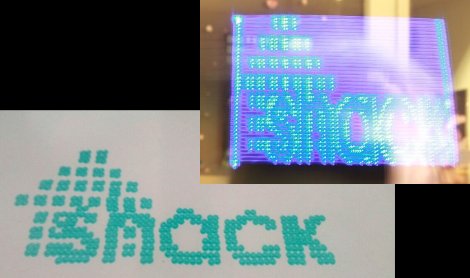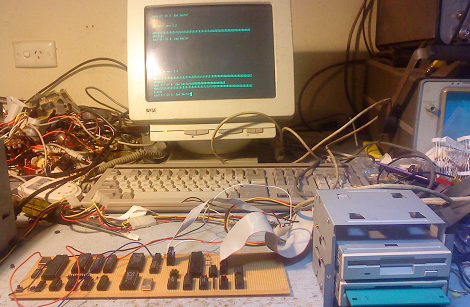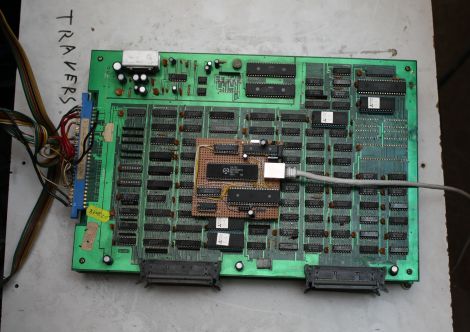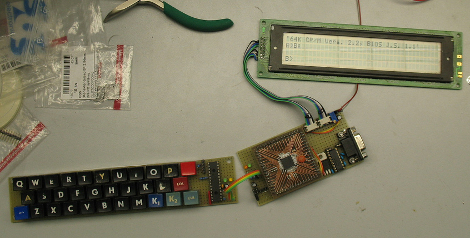
The members of Shackspace got their hands on an antiquated robot arm. It’s a Mitsubishi Movemaster RM-101 and was probably manufactured in the mid 1980’s. There’s almost nothing out there that tells you how to use the thing, and so they set out to figure out how to control the hardware.
This is a great example of how an EPROM dump can be really useful. After further inspection the team discovered that the arm is driven by a Z80 processor whose program is stored on an EPROM. The first thing the guys did was dump the memory since the aging storage will be useless if just a few bits become degraded. This dump will be really useful for others whose chip has already given up the ghost. The data from that dump was disassembled and painstakingly pawed through to figure out what commands were being sent to the arm. This technique worked, as the team was able to re-implement the control protocol and has already used the arm for some light painting and pen plotting (seen above). After the break you can see a control demonstration.
Continue reading “Salvaged Robot Arm Used For Light Painting And Pen Plotting”
















